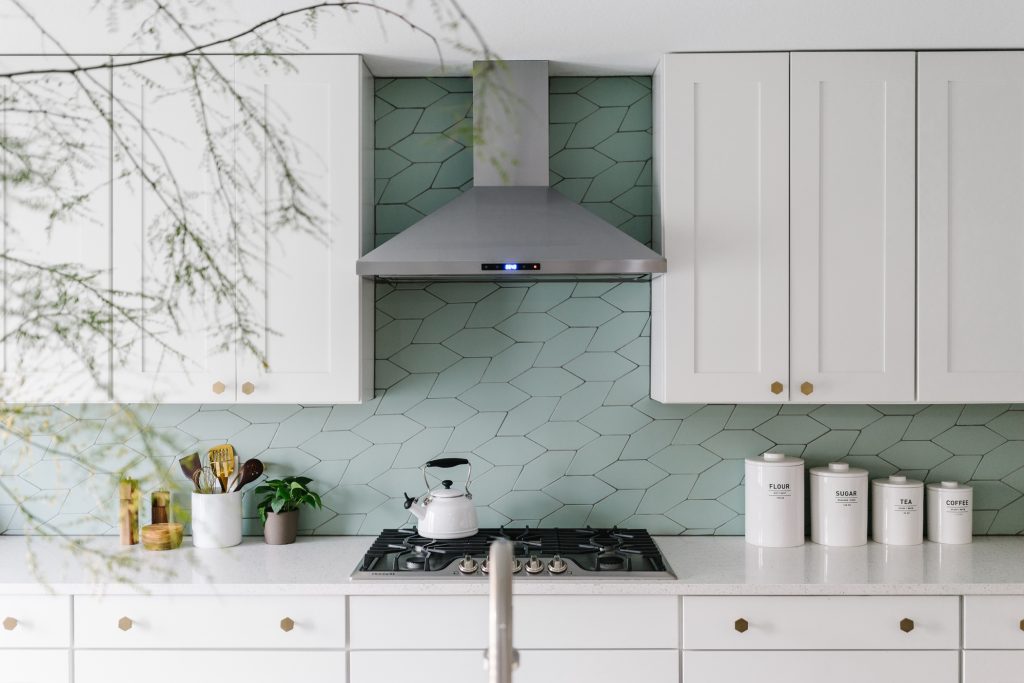The use of gas appliances in the kitchen has surely made life easier for chefs worldwide. However, the benefits of using gas in the kitchen can only be enjoyed if you take proper precautions. After all, the safety of your well-being comes before ease.
How can we keep using gas appliances and connections in our kitchens without putting our lives at risk? And how important is it to get a gas certificate?
Here, we shall discuss everything to know the answer to these questions. Let’s start by knowing about the gas we consume in our kitchens.
Types of Gas We Use in Our Kitchens
The common types of gases used in kitchens are:
- Natural gas (Methane)
- Liquefied Petroleum Gas (LPG)
Natural gas or methane is used in gas stoves, while LPG is considered more suitable for cylinders. The biggest difference between the two types of cooking cases is that Natural gas is methane while LPG is either butane or propane.
Natural gas is considered one of the most hygienic and healthiest ways to cook food. Liquefied Petroleum Gas is one of the best, most affordable, eco-friendly, and fastest alternatives to natural gas.
Despite all the benefits associated with LPG and natural gas, more than 4 million people die from suffocation due to gas every year. The alarming number of deaths due to unsafe use of cooking gas calls for our keen attention towards the subject.
Let’s understand the major types of safety hazards linked with gas in our kitchens below:
Major Gas Safety Hazards
Following are the two types of major safety hazards that are associated with the unsafe use of gas:
-
Carbon Monoxide Poisoning
Carbon Monoxide (CO) is an unscented and colorless gas. Upon inhaling, it binds with a person’s hemoglobin. Eventually, due to the absence of oxygen to body organs, death occurs.
Carbon monoxide is produced when:
- The gas does not burn properly.
- If there is inadequate ventilation in the kitchen.
Carbon monoxide poisoning can kill a person within a few hours. The leakage of CO includes symptoms such as drowsiness, tiredness, nausea, tiredness, stomach or chest pain.
-
Fire
Most of the accidental house fires start from the kitchen. If you are using an unsafe gas stove or cylinder, then these appliances can lead you towards devastating results. The highly flammable nature of both types of cooking gases makes it difficult to deal with this safety hazard. However, if you are using safe gas connections, then you can easily avoid the risk of setting everything on fire.
Safety Tips to Follow
The following is a list of safety measures and tips that you should consider ensuring gas safety for your kitchen:
-
5-Point Check
Firstly, you should get a qualified person to run the following 5-point checks to ensure gas safety in your kitchen:
- Check the gas regulator to ensure that it is not faulty or weary.
- Check the rubber hose.
- Check the hose clips and make sure that it is in good condition and firmly secured.
- Check the gas cylinder for dents, cracks, or rust.
- By applying liquid soap solution on joints, check for gas leaks.
These 5-points checks will help you know about any type of risk or danger that you might have. You should definitely run these checks before moving to a new house.
-
Get a Gas Certificate
A gas certificate or a CP12 certificate is a legally required document that ensures that all the gas appliances and connections in your house conform to the safety standards. You can get this certificate after an appointed gas safety engineer thoroughly checks your house for any gas leaks or damaged appliances.
Every property is required by law to get a gas certificate annually. The failure to have an up-to-date gas certificate may lead to a fine or even imprisonment.
If you are a leaseholder/ renter, then you should ask your landlord to provide you with the latest gas certificate. A gas safety certificate includes the following:
- Location and details of the property owner.
- Details of the gas safety engineer.
- The number of gas appliances and their location.
- The date on which the gas appliances and connections were checked.
- The assessment and results of gas safety checks.
- Any damages or issues identified in gas appliances/ connections.
- Any curative work or action required.
- Signature of the gas safety engineer.
-
Install a Smoke Detector
Having a cylinder full of gas at home certainly invites the risk of a fire outbreak. It is possible to put out the fire if you know about it in time. However, sometimes it becomes very hard to detect the early signs of fire without a smoke detector. Installing a smoke detector will help you with keeping your kitchen safe.
-
Ensure Adequate Ventilation
It is imperative to ensure that your kitchen has adequate ventilation. It will ensure that in case of any leakage, you will not suffocate from carbon monoxide. Install ventilation hoods over appliances with a high level of heat, such as gas stoves and an oven. Besides hoods, exhaust fans will also help you keep the kitchen’s air cool and odorless while removing the air irritants.
-
Keep the Flammable Objects Away
The fire from gas stoves releases fumes when it comes into contact with a flammable object. That is why it is essential to keep all the flammable objects at a fair distance from gas stoves and cylinders. The position of the cylinder and where you store it after use also matter. So keep everything that catches fire is at a safe distance from gas appliances to ensure your safety.
In A Nutshell
The use of gas appliances has made cooking much easier for everyone. However, the risk that comes along with the usage of gas appliances cannot be ignored. Get a gas certificate and stay informed about the gas safety tips to ensure the safety of your kitchen and your loved ones.



